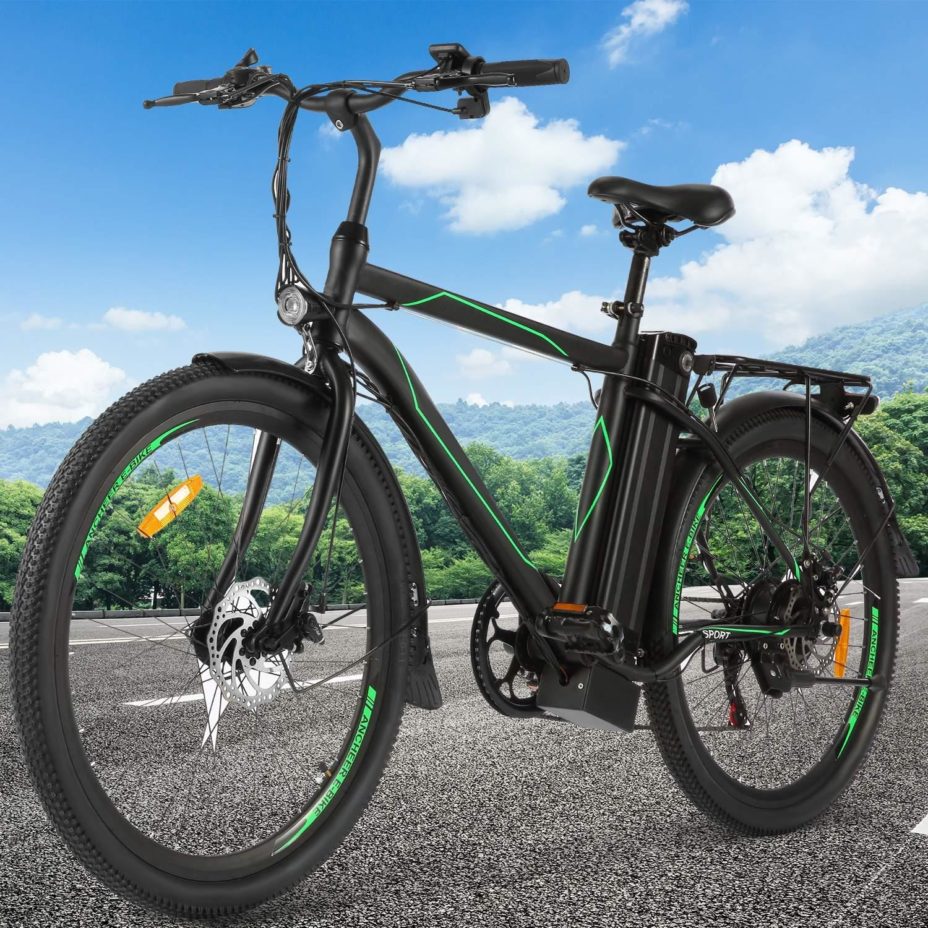Insuring Your New eBike
During the Pandemic, I’ve seen more and more people out riding electric bicycles (“eBikes”) than ever before. In downtown San Diego, they’ve become pretty common, as they do make the hills a lot easier to navigate.
So, I was intrigued recently when we were discussing property and casualty insurance market with our resident specialist and the topic of eBikes came up. As a relatively new kind of vehicle, the laws surrounding eBikes vary from state to state, and so does the insurance coverage available.
What is an eBike? An electric bicycle, or eBike, is a bicycle that is equipped with an electric motor. In California, to qualify as a bicycle (rather than a motorcycle), the motor’s output must be less than 1,000 watts and cannot propel the bike faster than 20 miles per hour. But it gets a bit more complicated than that. AB 1096 (and the classifications below?) apply to bikes with motors less than 750 watts.
Class 1 eBikes only receive power from the motor when the operator is pedaling the bike.
Class 2 eBikes, which are same as above but with a throttle, and the motor is capable of propelling the bike independently (without pedals) up to a maximum speed of 20 miles per hour.
Class 3 eBikes are high speed electric bikes. The motor only operates with pedal assistance but can operate up to 28 mph.
The challenge with owning an electric bike is insuring it. An important caveat is that every insurance carrier is different, and many are working to catch up. That said, there are basically four situations where you will need insurance:
My electric bike was stolen. Here, your homeowner’s policy is probably not sufficient. Most policies contain per-item limits on personal property (often $1,000 to $2,000), so may cover part of the cost of the bike. But electric bikes can be very expensive, so you’ll want to review your coverage with your carrier to make sure your homeowners’ policy is sufficient.
Someone hit me while I was riding my bike. If the motorist is at fault, their automobile insurance typically will pay for damages to the bike and for any injuries. On the other hand, if the motorist is uninsured or underinsured, it becomes a bit fuzzier. Normally, this is covered under automobile insurance, but it’s not clear whether auto policies will cover uninsured motorists in collisions with bicycles. You should check with your insurer whether you would be covered in that situation. Your disability insurance policy should cover lost income (up to policy limits).
I hit someone (or something) with my bike. Here it gets really complicated. Normally, injuries or damage you cause to someone else are covered by your homeowners or renter’s policies, and then supplemented by your umbrella liability coverage. Three underwriters our expert spoke with indicated that eBikes would not be covered by homeowners or renters insurance, though this may vary from company to company.
Some insurers (like State Farm) do cover electronic bikes using motorcycle policies. Other insurers, like Markel and Velosurance offer specific policies just for eBikes. These special policies specifically cover theft, damage, injury, and other situations that may be unique to electric bikes.
So, as you’re browsing the bike shops and checking out the new electric bikes, spare a few moments to think about how you’ll protect that fancy new toy. It isn’t as straightforward as you might hope (yet) and some extra legwork may be involved to ensure (insure?) you’re protected if something goes wrong.
This column is prepared by Rick Brooks, CFA®, CFP®. Brooks is director/investment management with Blankinship & Foster, LLC, a wealth advisory firm specializing in financial planning and investment management for people preparing for retirement. Brooks can be reached at (858) 755-5166, or by email at rbrooks@bfadvisors.com. Brooks and his family live in Mission Hills.

Category: Finance, Health & Fitness, Local News







